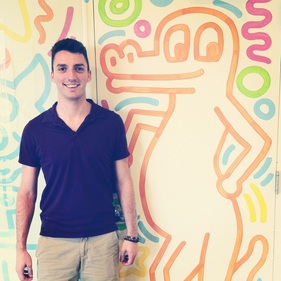 After seeing Keith Haring's sculpture at the St. Louis Citygarden, I decided to investigate if there were more works by Haring in the area. After a quick Google search of Keith Haring Chicago, I found that he had painted several murals in Chicago in 1989. Two of these murals are located inside Rush University Medical Center. I happened to be visiting Chicago and made time to locate the work. Haring painted and donated the murals to the Children's Service of Rush University Medical Center on May 21, 1989. He was quoted as saying, "I could earn a lot more money by only painting and selling canvases, but I really enjoy creating murals for children." I think this is such a great message to share with students! Art can be more than a career, and more than aesthetically pleasing. Art can also serve a much higher purpose. To learn more about Keith Haring visit Haring Kids! Questions for classroom discussion: Why do you think Haring chose to paint these subjects for the Children's Service? How do you think his murals made children, patients, and visitors feel? What do you think Haring is communicating? Where else have you seen murals? What purpose did those murals serve? Below are more pictures of the murals at Rush University Medical Center in Chicago, Illinois: Below is a video of Haring working on another mural in Chicago. He talks about his artistic process, his love for music and how he views public art as performance art:
0 Comments
I recently spent a couple weeks in St. Louis, Missouri. I tried to take advantage of all that the city had to offer. I met genuinely nice people, tasted amazing food and enjoyed great live music. Most of my explorations focused on the city's many art museums. I was able to see works by some of my favorite artists that I had never seen before. Most importantly, I was able to consider how I will incorporate the artists and experiences into classroom projects and discussions. Public Art at the Citygarden 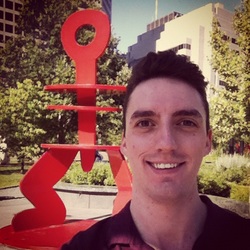 The first stop I made in St. Louis was to the Citygarden. I was interested in seeing the public sculpture of one of my favorite artists, Keith Haring. I was pleasantly surprised to find several great sculptures by artists such as: Erwin Wurm, Mark Di Suvero, Mimmo Paladino, Jim Dine, Igor Mitoraj, Fernand Leger, Laura Ford, and more. As a teacher, I want to show my students how art exists beyond museums, galleries and textbooks, and can actually be found everywhere! A great variety of art can be found in communities big and small. By showing students these works of art, I hope to facilitate a discussion about art they see in their own communities.
|
Mr. DeWilde's Blog
Archives
April 2024
|
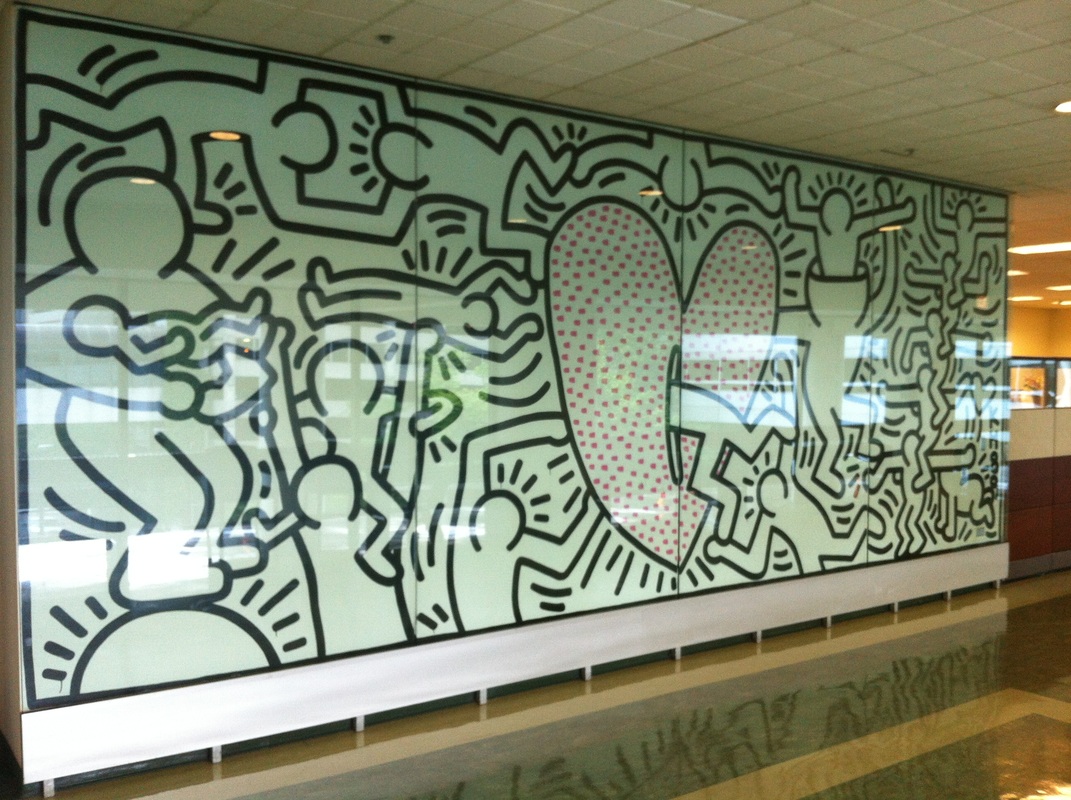
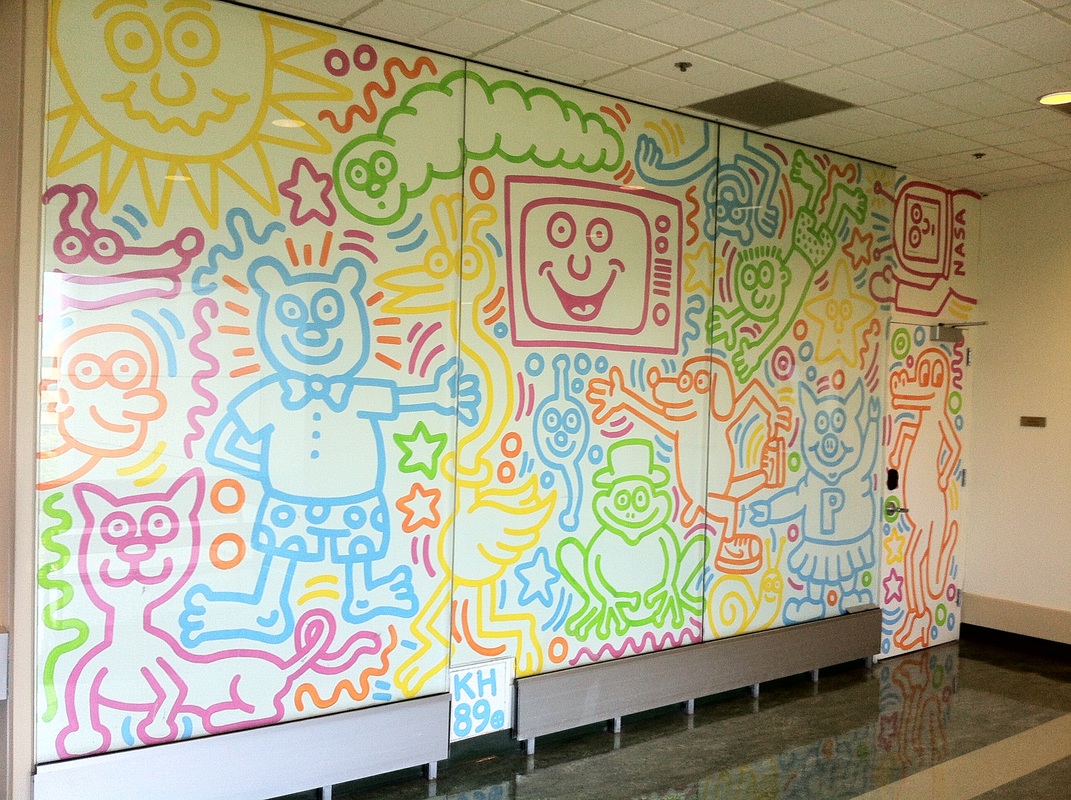
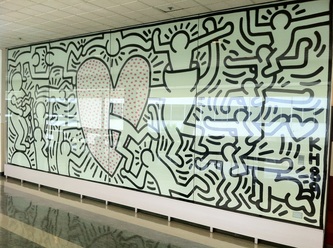
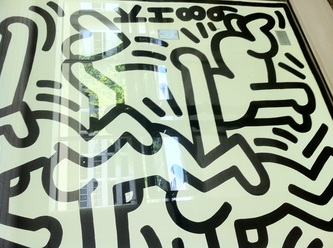
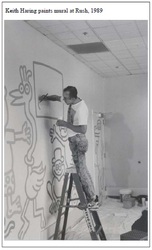
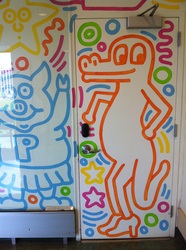
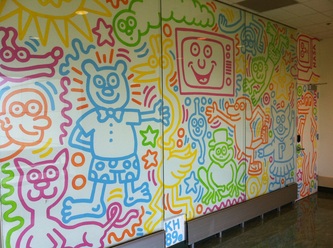
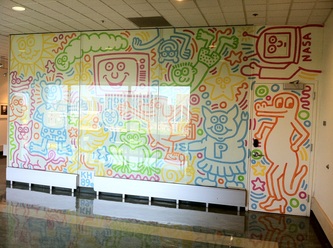
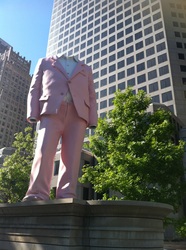
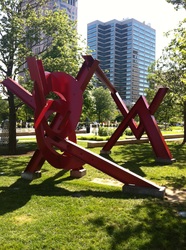
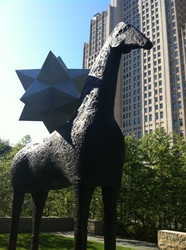
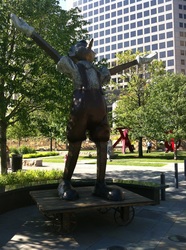
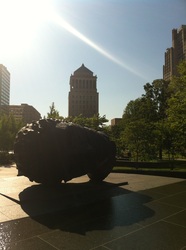
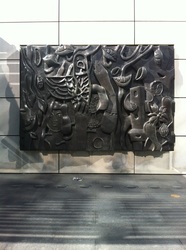
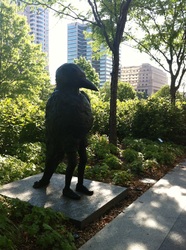
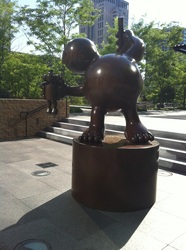
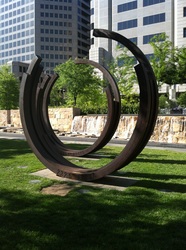
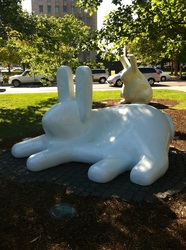
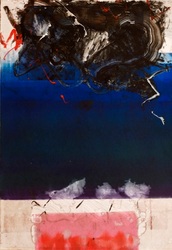
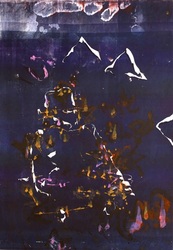
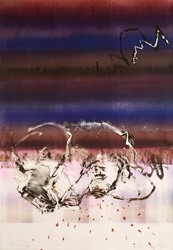
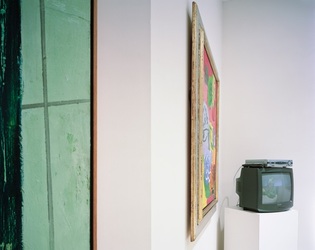
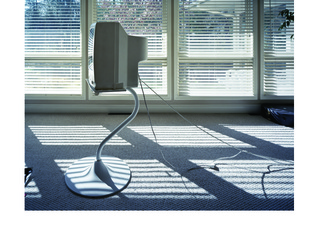
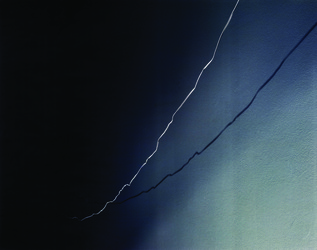
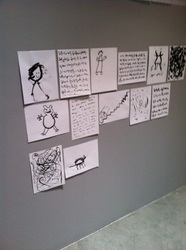
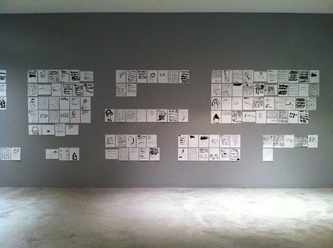
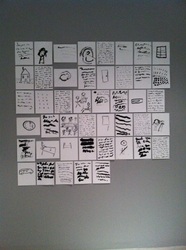
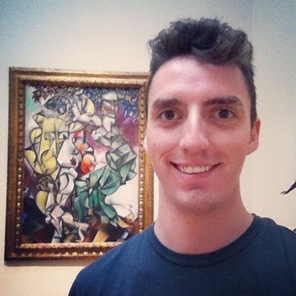
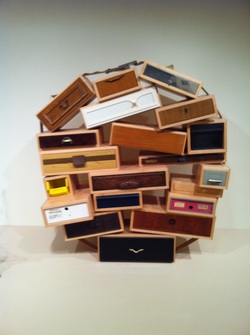
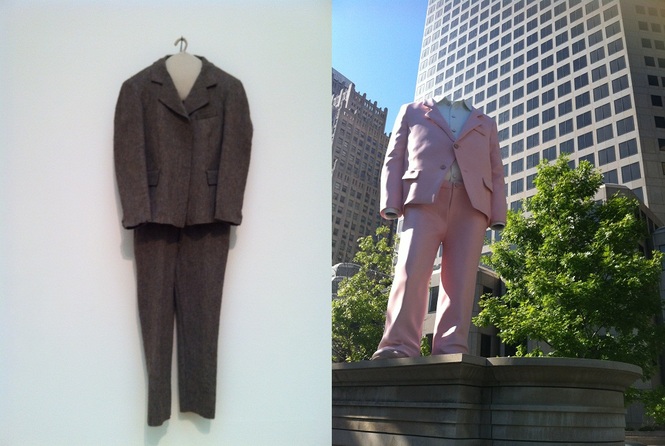
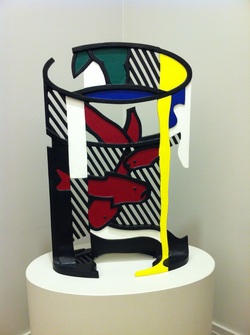
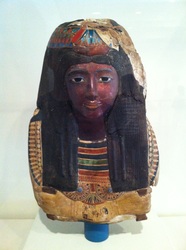
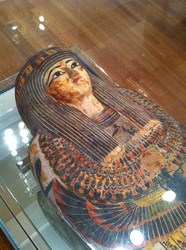
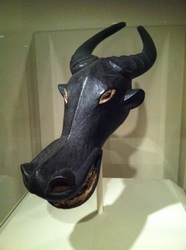
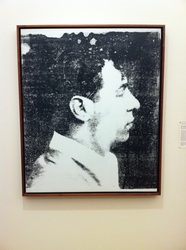
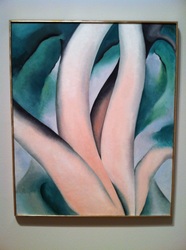
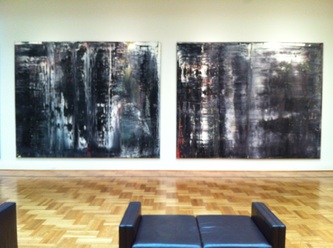
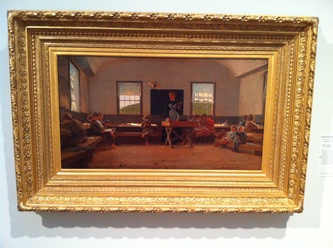
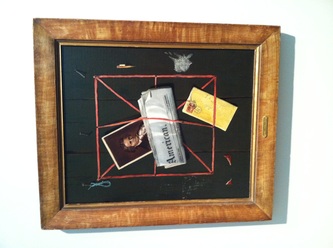
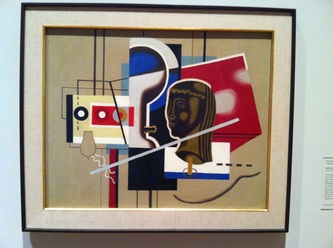
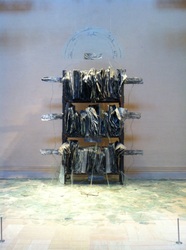
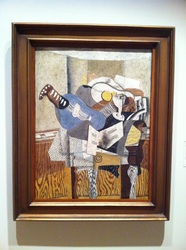
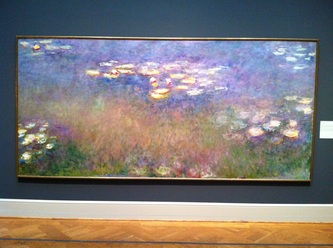
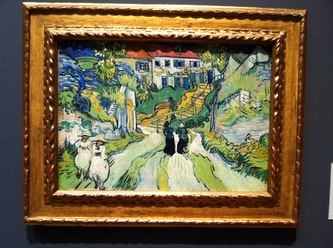
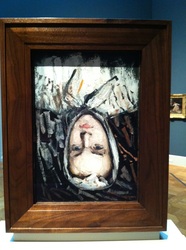
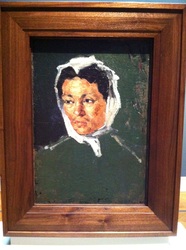
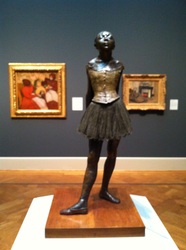
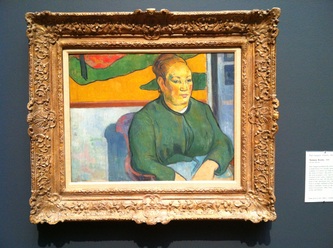
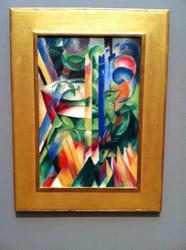
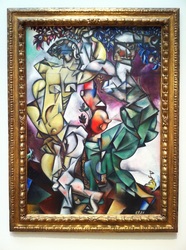
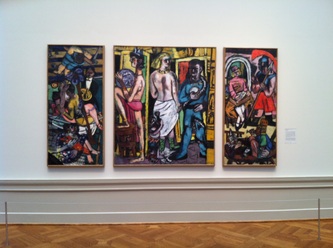
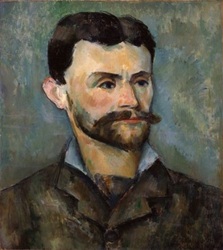
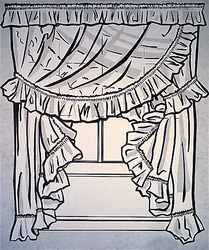
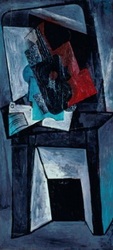
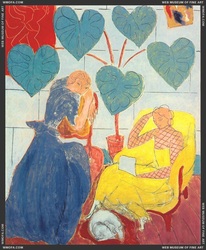
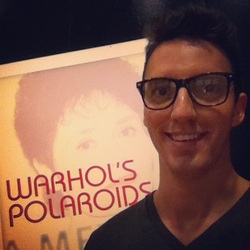
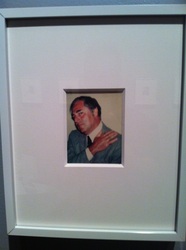
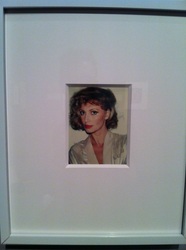
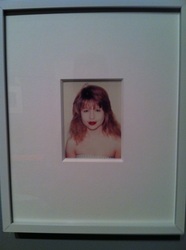
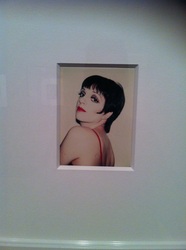
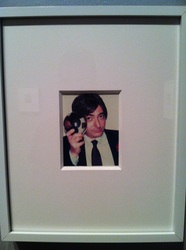
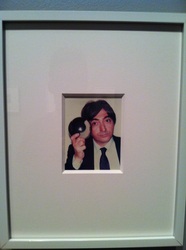
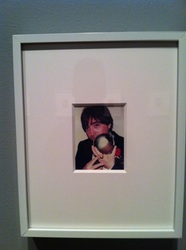
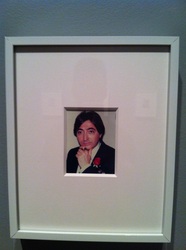
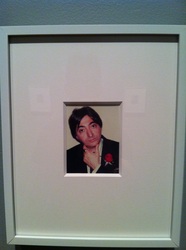
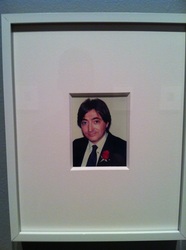
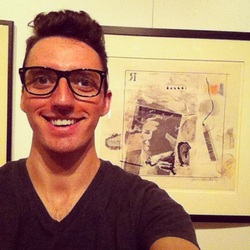
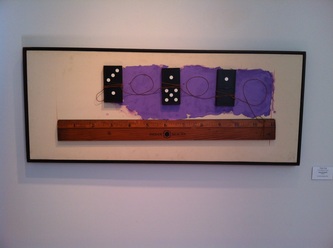
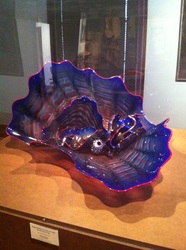
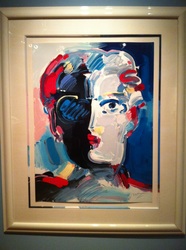
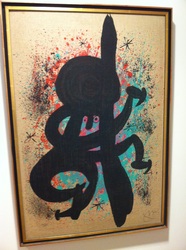
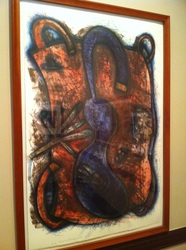
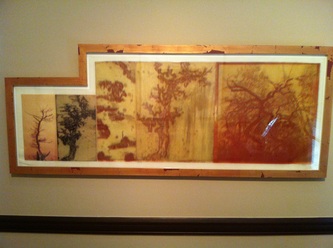
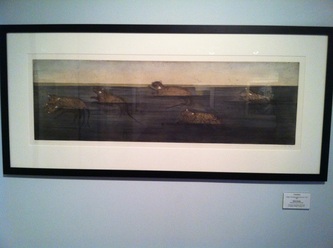
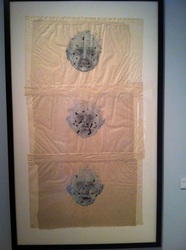
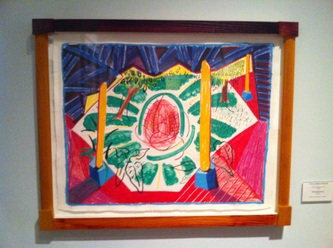
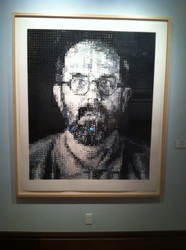
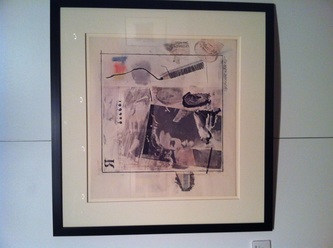
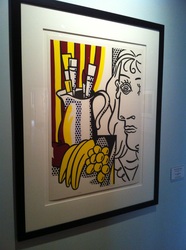
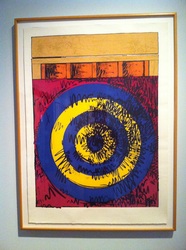
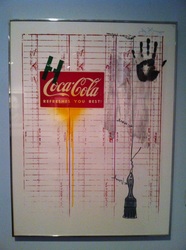
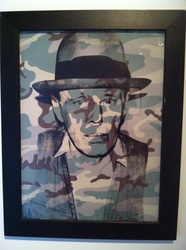
 RSS Feed
RSS Feed